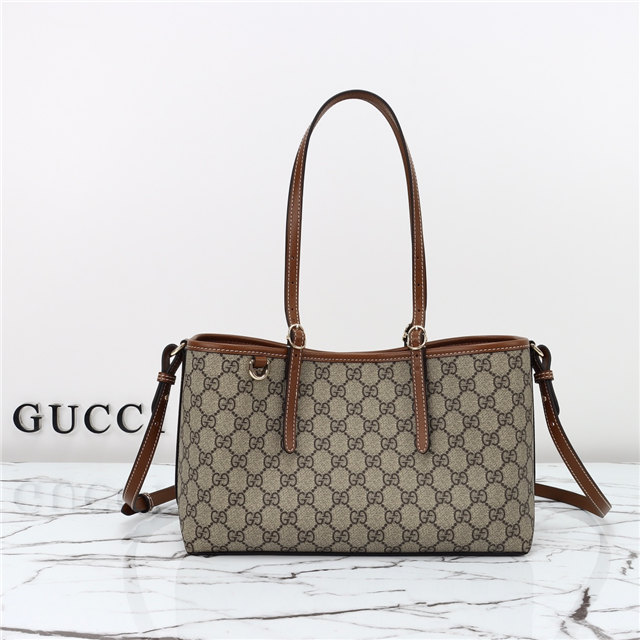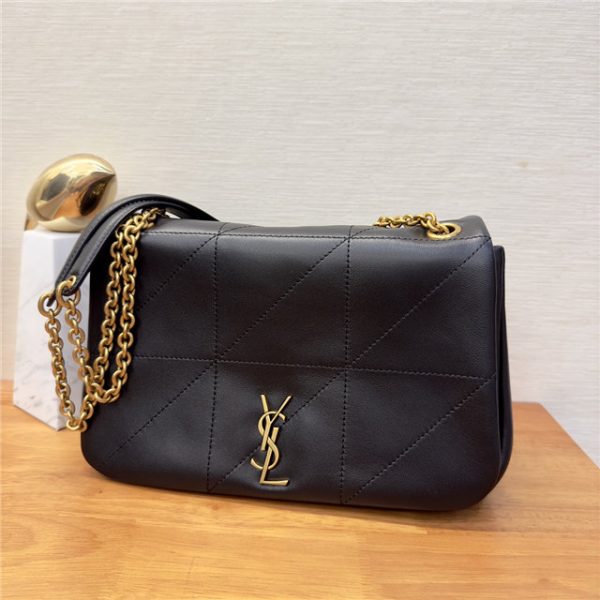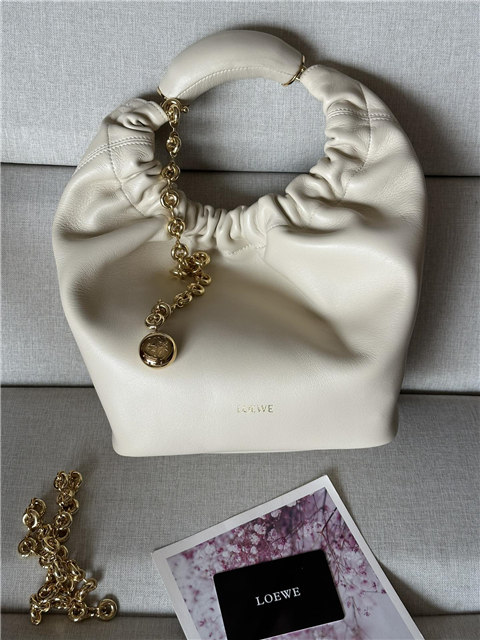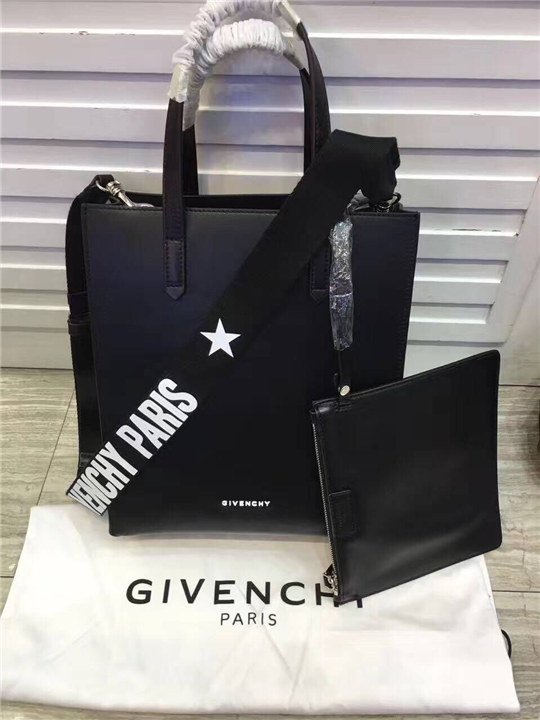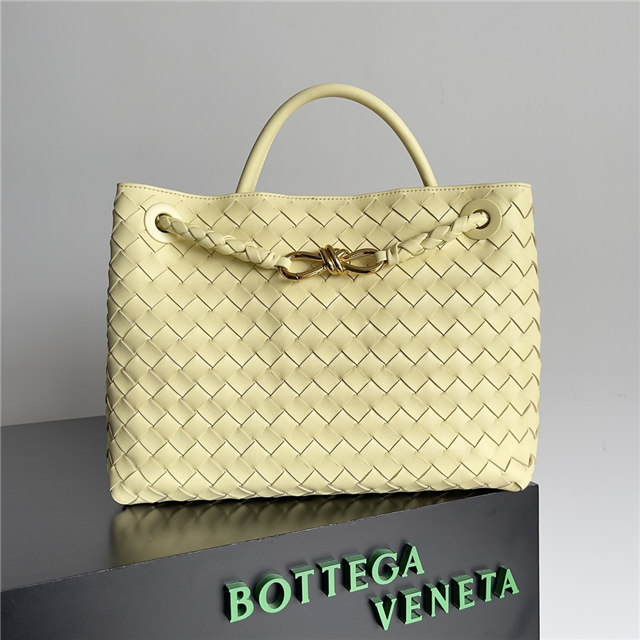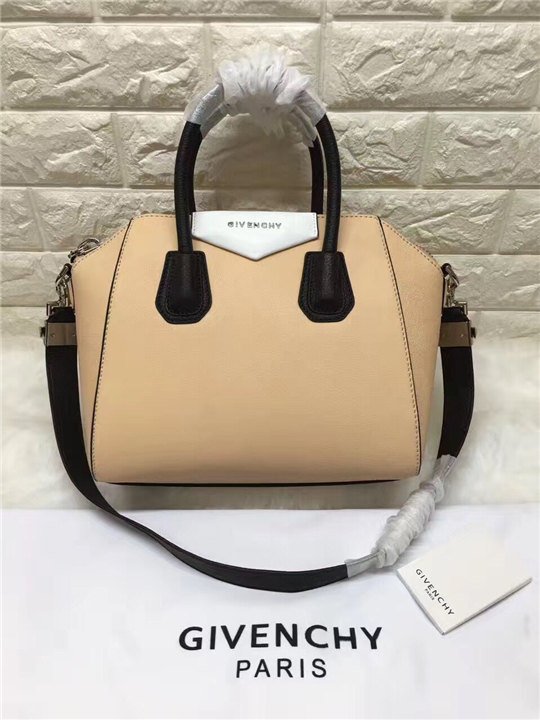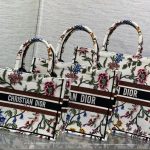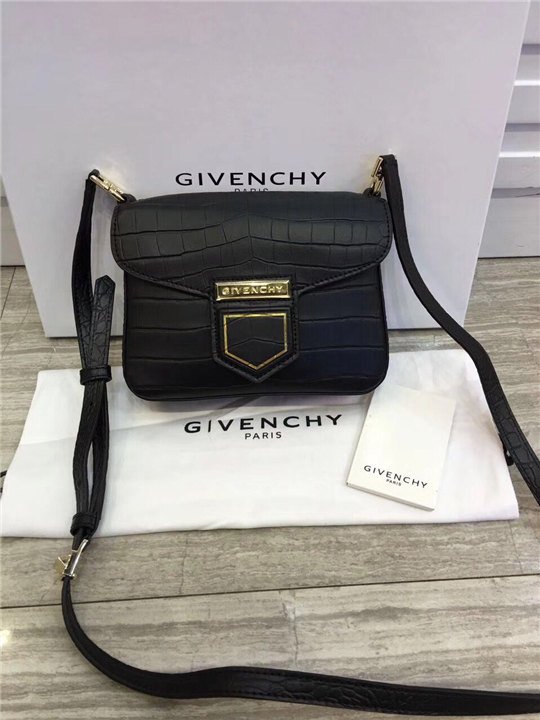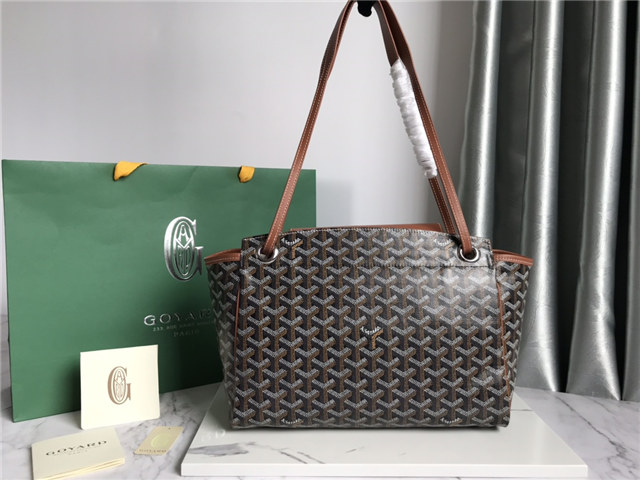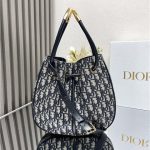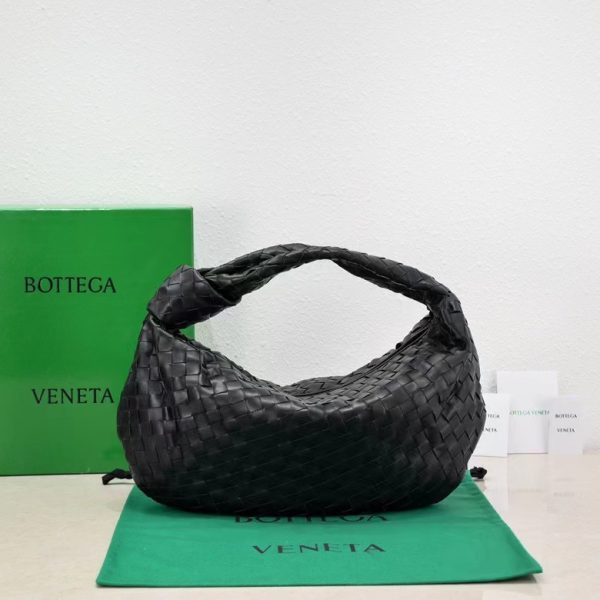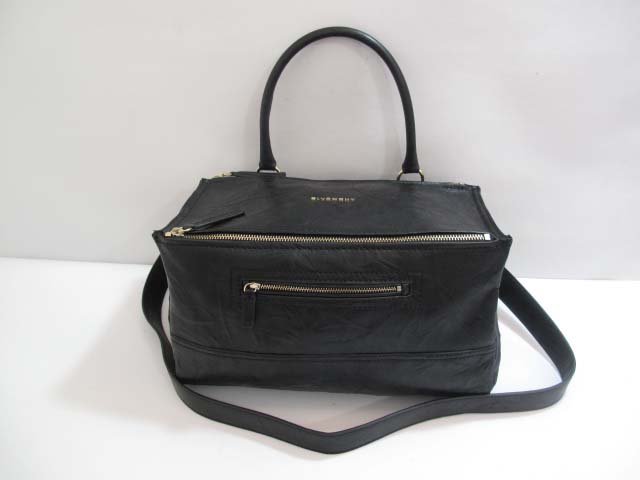First off, and I’m being brutally honest here, if the price seems too good to be true? It probably is. Chanel doesn’t exactly give their stuff away. Think of it like this, you’re getting what you pay for. Cheap materials and sloppy craftsmanship aren’t exactly Chanel’s vibe.
Now, about those labels and markings. Yeah, they’re important. Every *genuine* pair (and notice how I’m emphasising *genuine* here) will have specific labels, tags, and markings that scream “I’m authentic!” Think clean, crisp, and precise. No smudged ink, no wonky fonts, no spelling mistakes (duh!). Like, seriously, Chanel isn’t going to let a typo slip by. That’s embarrassing for them. You wanna look for the serial number, too. Do your homework and see if it matches the style and year the shoe was made. A little research goes a long way, people!
And the quality? Oh my god, the quality! This is where the fakes REALLY fall flat. Chanel uses top-notch materials. We’re talking buttery-soft leather, flawless stitching, and hardware that feels substantial. Pick up a pair of “Chanel” espadrilles and then pick up the real thing. You’ll feel the difference instantly. The real deal? It’s an experience, a luxurious one.
But listen, even with all this, it can still be tricky, right? That’s why I sometimes like to think about handbags when I’m trying to authenticate shoes, because if you know what to look for in a Chanel handbag, you can often apply the same principles to the shoes! Plus, just like the bags, you can authenticate Chanel shoes if you look into materials, the design features, and serial numbers.
Personally, I think the Chanel ballerina flats are an icon. They’re comfy, they’re chic, they’re just…effortless. But that also makes them a prime target for counterfeiters. Ugh! And those slingbacks? Don’t even get me started on the slingback dupes! Some of them are actually pretty good (shh!), but they’re still not the real thing.

